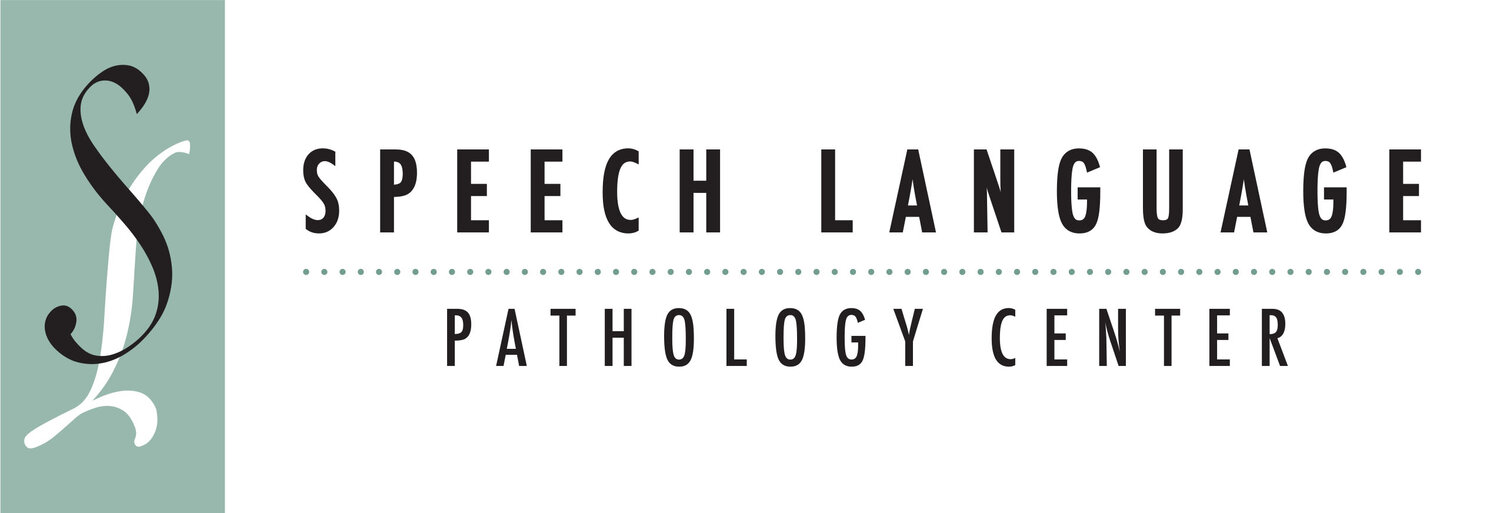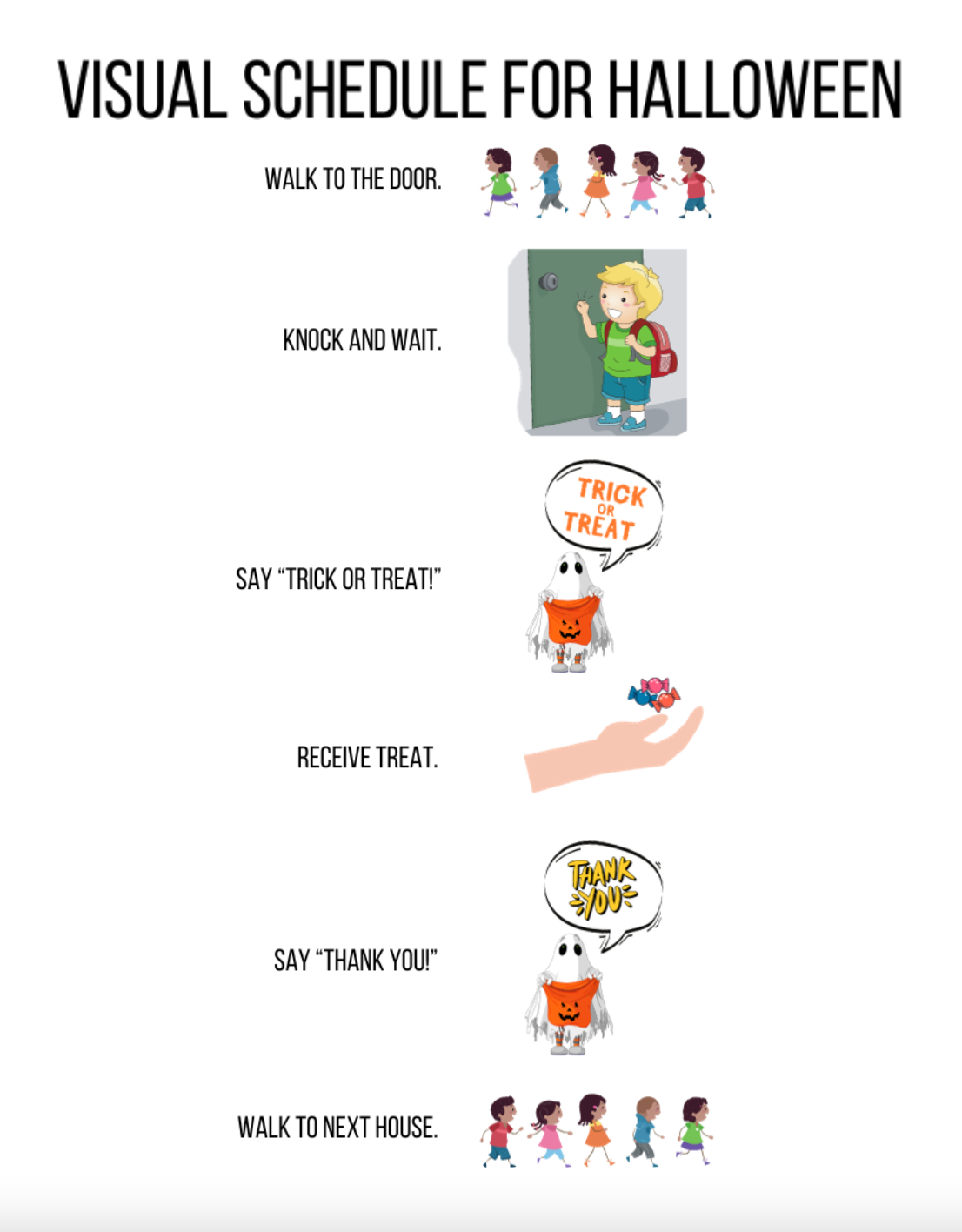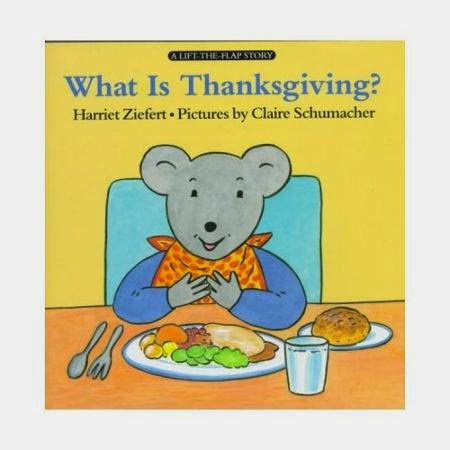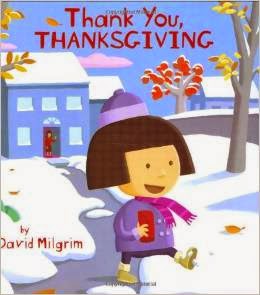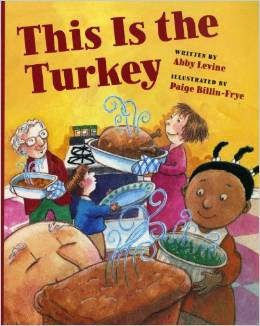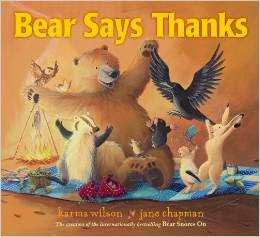We LOVE visuals schedules, both as a therapy tool and as a tool you can use at home. Visual schedules can help children by providing structure, so they know exactly what to expect next. It can also help with transitions, in this case through the apple orchard!
The complexity of a visual schedule can vary based on the child's needs and ability level. This visual schedule includes graphic photos, where some may have symbol images or actual photographs.
For younger kids, we like to model a "first... then" format when discussing each step.
Find a PDF attached for your use to review what to expect if you go apple picking. We hope this schedule gives your child the knowledge they need to easily and happily transition through a beloved fall activity. You can use them ahead of time to review and practice AND you can bring it with you to model each step along the way!
